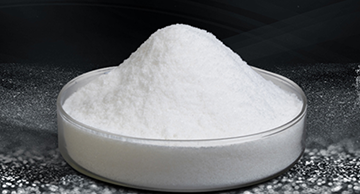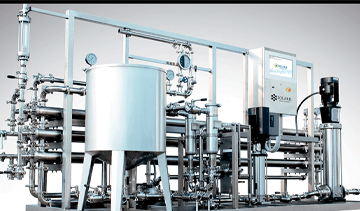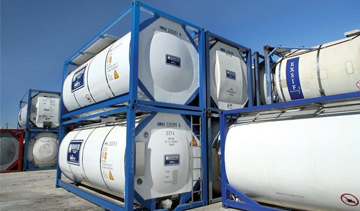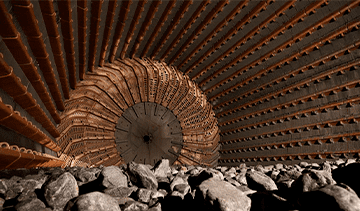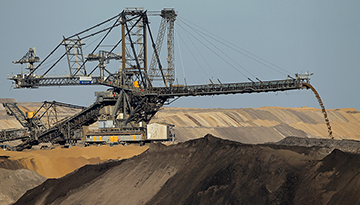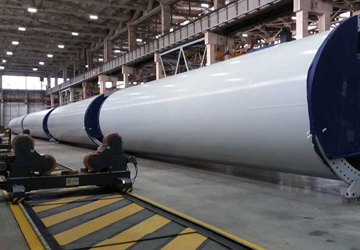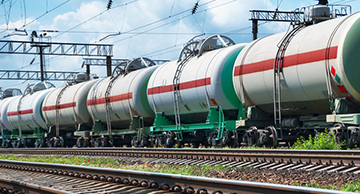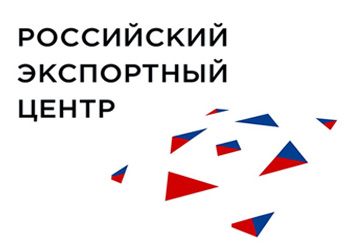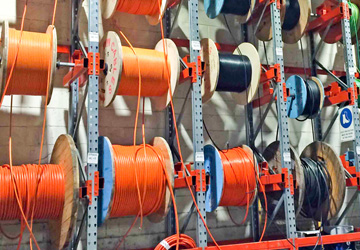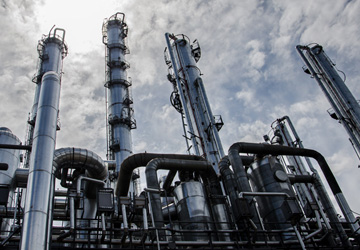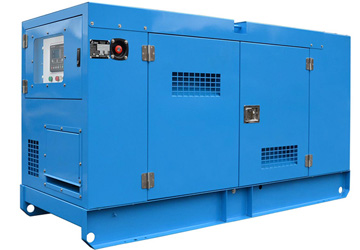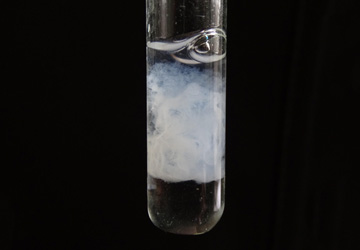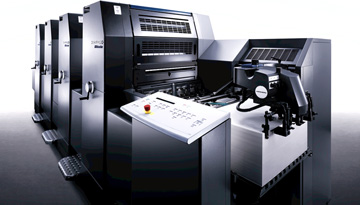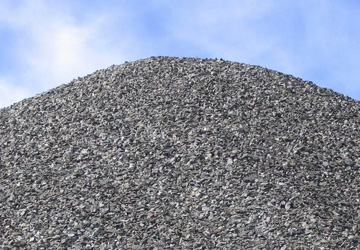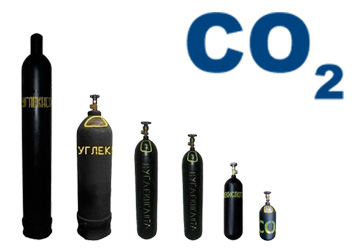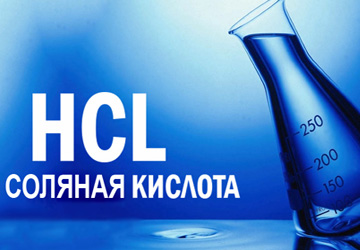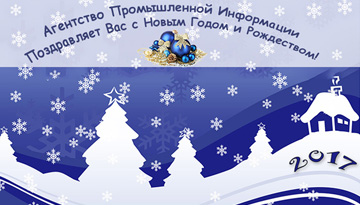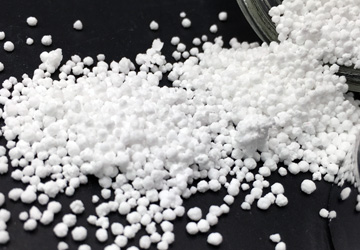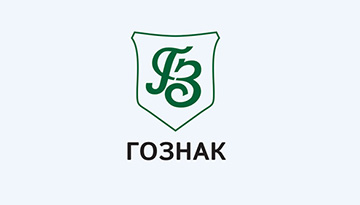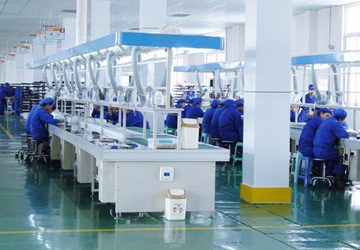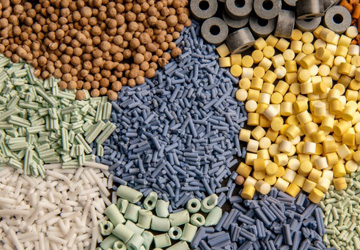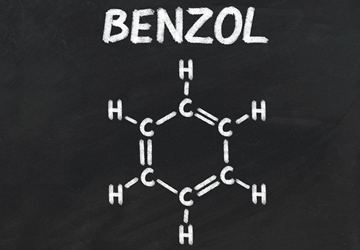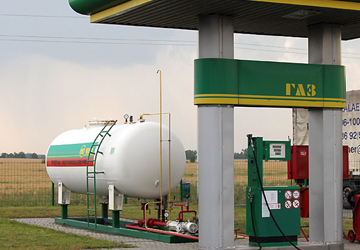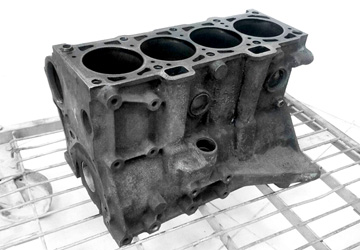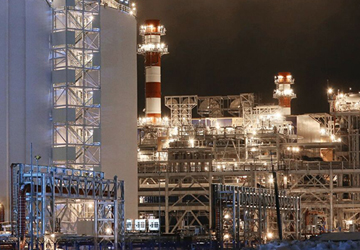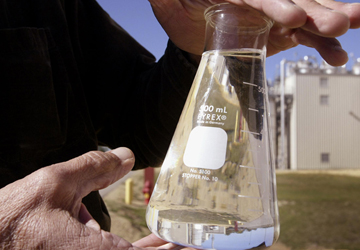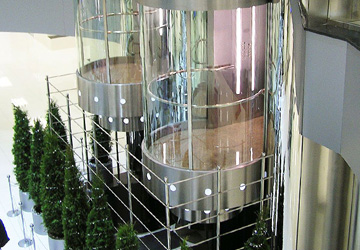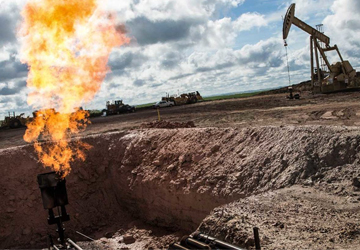- The target market for the project: brake ventilated discs from high -strength cast iron, anchor mounts from high -strength cast iron.
- other products from high -strength cast iron as part of the assessment of the expansion potential
- Cast iron and scrap of ferrous metals as part of the study of the raw material aspect
1. The section "General information about the market of high -strength cast iron and project products", in total, including
1.1. Description of the project products, indicating the technical and consumer characteristics, analysis of current and potential areas of use of project products. Determination of the target market for the project from the point of view of regional coverage and allocation of the main consumer sectors. Description of the segments of the target market for the project indicating the volume of consumption for 2008 - 2013. (In the world and regions - the Central Federal District and the nearby regions of Russia).
1.2. Analysis of world and Russian trends in the development of the target market for the project for the period from 2008-2014, as well as a forecast until 2024.
2. Analysis of the market of key raw materials used as part of the project, in total, including
2.1. Description of the main and auxiliary types of raw materials for production. General information about the features of the markets.
2.2 Dynamics of the market of the main types of starting raw materials (the final cast iron, scrap of ferrous metals)
2.3. The main factors affecting the price of the main type of starting raw materials. Prices for key starting raw materials (cast iron, scrap of ferrous metals) 2008-2024.
3. Analysis of demand for project products, in total, including
3.1. Analysis of the main buyers of the target project’s target market, market segmentation for main consumers. The conjuncture of project consumption among significant companies
3.2. The historical and forecast demand of the target market for the nomenclature (in natural and cost terms), the dynamics of demand from 2008 to 2024, taking into account the development programs of the main consumers.
3.3. A description of the degree of saturation of the target project of the project and indicators of market concentration;
3.4. Analysis of the main factors affecting the development of the target project of the project (economic - macro and micro- and technological drivers, state regulation, certification, requirements of environmental legislation).
3.5. Assessment of the potential for expanding the target market for the project due to other products from high -strength cast iron (promising markets of products from high -strength cast iron).
4. Analysis of competition (proposals) in the project of project products
4.1. Description of the structure of the purpose of the target market for the nomenclature project.
4.2. The historical dynamics of the production of the target project of the project, the market segmentation for the main manufacturing companies, as well as in the context of the consumer sectors (if possible, by the nomenclature of the consumed products), according to the results of 2013 and in dynamics since 2008. to 2014
4.3. Forecast dynamics of production and their sales in the target market in the context of industry-consumer
4.4. Analysis of the level of competition in the industry according to the "Five Competition forces" scheme M. Porter indicating the quantitative criteria of each evaluated parameter. Barriers to the entrance to the target project of the project, in the context of consumer sectors (including legislative restrictions, restrictions on access to key resources);
4.5. Description of the main direct competitors, including:
4.5.1. Comparative analysis on the main parameters of competitors' business models.
4.5.2. Types of manufactured products, production capacities, production/sales volumes (over the past 5 years), market share, production technologies used, the level of loading of production capacities.
4.5.3. Analysis of competitors to expand capacities.
4.5.4. The degree of integration of competing companies in the target market in the project (including vertical integration) and a sales strategy.
4.5.5. Data on financial indicators (revenue, cost, price, EBITDA, profitability) of competitors in dynamics for the period since 2008. in 2024. Compared to the annual project indicators specified in the financial model of the project.
4.5.6. Analysis of the main competition factors in the target project of the project (price, quality, production technology, etc.).
4.6. Analysis of new projects in this industry, assessment of the emergence of new competitors.
4.7. Determination of the share of imported and domestic products in the target project of the project, dynamics and forecast for the period since 2008. in 2024. The structure of imports on countries and consumers, companies manufacturers of imported products.
4.8. A detailed analysis of the forecast market balance until 2024, taking into account the implemented, declared projects, the forecast of import substitution in the target project of the project.
4.9. Prophetic principles, historical dynamics of prices (2008-2013) for products by nomenclature and manufacturers in target projects and forecasts of its change (2014-2024);
4.10. Analysis and description of the chain of creating cost in the project market (the marginal component of each redistribution of vertical integration)
5. Analysis of the realism of the project strategy
5.1. Analysis of the expediency of the project with the declared production capacity and the structure of the product line.
5.2. A comparative analysis of similar projects of similar production of the project according to the investment component in Russia and abroad. Give an analysis of the ratio of capital costs of building such industries to the power of the plant.
5.3. Analysis of potential buyers (client base) including Products of goods-prostitutes based on available data from open sources, including paid ones.
5.4. A comparative analysis of the prices for project products with average market and a context of the nomenclature .. The forecast of medium market prices in the context of the nomenclature of 2024.
5.5 Analysis of factors affecting growth/reduction of demand for products
5.6 The forecast share of project products on the market (in natural and cost terms, including, taking into account the forecast of the development of production capacities).
5.6.1 Analysis of preliminary/concluded contracts/contracts for the supply of products, compliance with the main terms of the contract with the market customs of the industry. Organization and conduct of work on qualification from potential buyers of project products.
5.6.2. Analysis of the probability of achieving forecast volumes of project supplies and revenue in the context of the nomenclature (in natural and cost terms);
5.6.
5.7 10.14. Description of the marketing strategy for the disclosure of quantitative indicators of the strategy, including the necessary budgets for promoting products in the context of sales channels, determining the key categories of consumers, a pricing strategy, a distribution policy (selection of sales channels with the details of the planned sales volumes within the framework of these channels) , as well as sales stimulation (including, in case of deviation of the actual sales volumes from targets), the development of recommendations for building a product promotion strategy. SWOT Analysis, as well as the classification and analysis of key marketing risks of the project, an expert assessment of the probability of key risks. quantitative analysis of the potential consequences of risk implementation, development of measures to minimize key risks;
5.8 Recommendations for maintaining the sales of products sufficient for the payback of the project, including recommendations on the marketing strategy (target markets, customers and offer).


